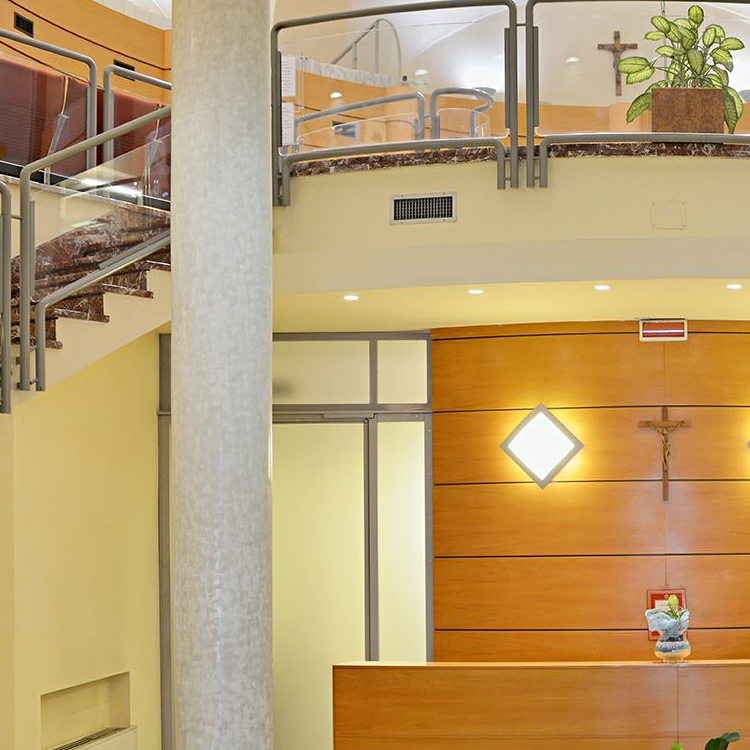Imagine for a moment that a friend has moved into your community and is looking for a church to join. Your friend approaches you and asks “Do you know of a church in the area that my wife and family might join?” You respond, “Yes, I do. My family and I belong to a local Catholic church that you might like.” As you give him the name and address of the church and a number where he or his wife can reach the local pastor at the rectory, he asks “I understand that the Catholic Church has its own bank?” “Yes you say,” “we have a bank in Rome, the Vatican Bank that is very well funded. It has approximately $9 billion dollars in it.” Your friend says “$9 billion dollars. That is lot of money.”
Now you feel like why did this come up. You have opened up a subject that most Catholics would like to ignore. Your friend says “it seems like that would do a lot of good in today’s world where so many people go to bed hungry every night.” Now you are scrambling to diffuse a very difficult subject. You go on to explain that the Vatican Bank is somewhat of a mystery. There are accounts in the bank but not for individuals. Yes, the Vatican Bank has been accused by the European Union of money laundering and terrorist financing. The Institute for Works of Religion (IOR) or the Vatican Bank is a privately held financial institution located inside Vatican City. The bank accepts deposits only from top Church officials and entities. It is run by a President but overseen by five cardinals who report directly to the Vatican and the Vatican’s Secretary of State. Because so little is known about the bank’s daily operations and transactions, it is often been called “the most secret bank in the world.”
Your friend keeps probing. “Why would a church, a charitable organization, have a bank with that kind of money in it?” You try and explain that maybe it is only $6 billion dollars, but $6 billion or $9 billion dollars doesn’t seem to matter. And yes, it is a lot of money. You attempt to explain that while the Vatican Bank has big investments in banking, insurance, chemicals, steel, construction, and real estate, some of its dividends help pay for charities such as assisting 1.5 million children and providing some assistance of food and clothing to 7 million needy Italians. The Vatican Bank was founded by Pope Pius XII in June of 1942 to, as some say, manage the vast assets of the Vatican, but there have been rumors that it was started to process wire transfers through the Vatican and not through banks during World War II.
You mention to your friend that the pastor of the local church that you attend would be very interested in talking to him as he is looking for new parishioners all the time. “The local diocese is evaluating all the churches is this area as Mass attendance is down and so is the financial support for our parish.” “But you just mentioned a big bank is part of the Catholic Church” says your friend. “I am sure that they would consider small loans to keep parishes open?” You stumble to explain to him that Father Bob, the pastor, cannot get a loan from the Vatican Bank nor can the diocese. “No one really knows how the Vatican Bank functions, but Father Bob along with all the other pastors in this area are pretty much on their own and he would be glad to talk to you about joining our parish.” Your friend shakes his head and says “we will do our best to contact him in the next few weeks but I just don’t understand your Vatican Bank. All that money and so much need in the world today. Thanks for the help.” You walk away and also shake your head thinking to yourself “He brought up some good points and I hope that I didn’t scare him away.”
For additional reading: Ex-Vatican Bank Officials Charged with Embezzlement




